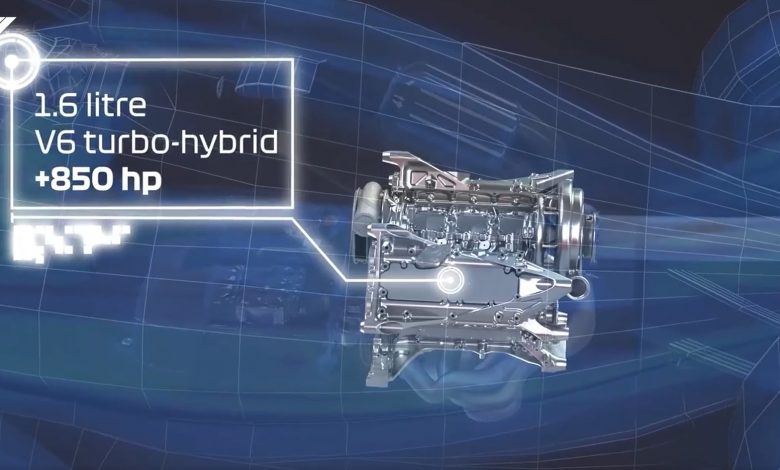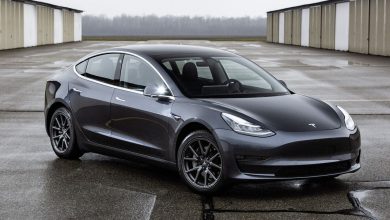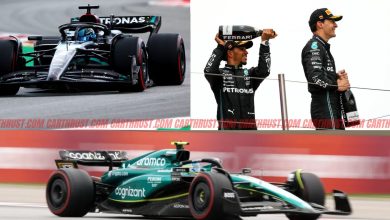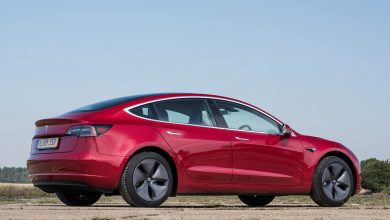
Sustainable fuels and more electrical integration were main features of the proposed regulations submitted to the council. The following are the complete pointers for the new rules:
- The V6 continues: The 1.6L turbocharged V6 Hybrid engine currently in use with its high-revving characteristics will be continued to be used with the new regulation. Although, to even out competition, restrictions regarding performance developments will be implemented.
- A new Synthetic sustainable fuel: This is an important step towards carbon neutrality. F1 and ARAMCO have collaborated and worked together for quite some time to achieve a non-polluting fuel. The fuels to be used in the cars will be produced from the likes of municipal waste or non-food sources, ensuring a zero carbon footprint, or not burning additional fossil fuels. Another interesting trivia is that these fuels can also be used on a regular road car!

- Financial Regulations: F1 will also look to try to equalize the expenditure among teams for the technological developments of the Power Units throughout the season.
- Open doors to new engine manufacturers: This is another important aspect, where the regulations favor any new manufacturers looking to build power units for the teams. Earlier Porsche and Audi had come up to enter the playing field and this simplifies their entry to the competition.
- No more MGU-H: The Motor Generator Unit-Heat which used to harvest heat energy from an F1 car’s exhaust will be done away with starting from 2026.
- More Electrical Power: In the current regulations, the total energy harvested from the MGU-K and the MGU-H combined is 120kW. According to the new rules the MGU-K will be allowed to harvest around 350kW.

These changes will allow the car to generate 1000+ hp, but not consume as much fuel in the process. In a generic race today, 100kgs of fuel is used, but for 2026, F1 is striving to reduce that to 70kg. With the new norms F1 emphasizes sustainable development pretty well, as they promote innovation but at the same time reduce costs and harm to the environment.
What consequences will the drivers and teams be preparing for?
The introduction of the new regulations definitely brings up some new challenges, make no mistake. For example, the sustainable fuel alone will change the performance and handling of the car. As a part of the cost-capping process, teams will also be restricted to the amount of time dedicated to the dyno. The number of power units used over a season will also be limited to 3. Turbo-lag might also be a point of concern as the MGU-H will not be used anymore, which will adversely affect cornering and handling of the car in general.
On the brighter side, engineers will have the opportunities to innovate on the electrical and energy recovery systems. Safety will also improve with the new designs of the control systems which will be encased in appropriate cells, reducing the risk of fires.
With the advent of the new regulations, FIA President Ben Sulayem thanked the council and the management for their commitment and diligence towards the sport. Speaking about sustainability, he said, “The introduction of advanced PU technology along with synthetic sustainable fuels aligns with our objective of delivering benefits for road car users and meeting our objective of net zero carbon by 2030. Formula 1 is currently enjoying immense growth and we are confident these regulations will build on the excitement our 2022 changes have produced.”




